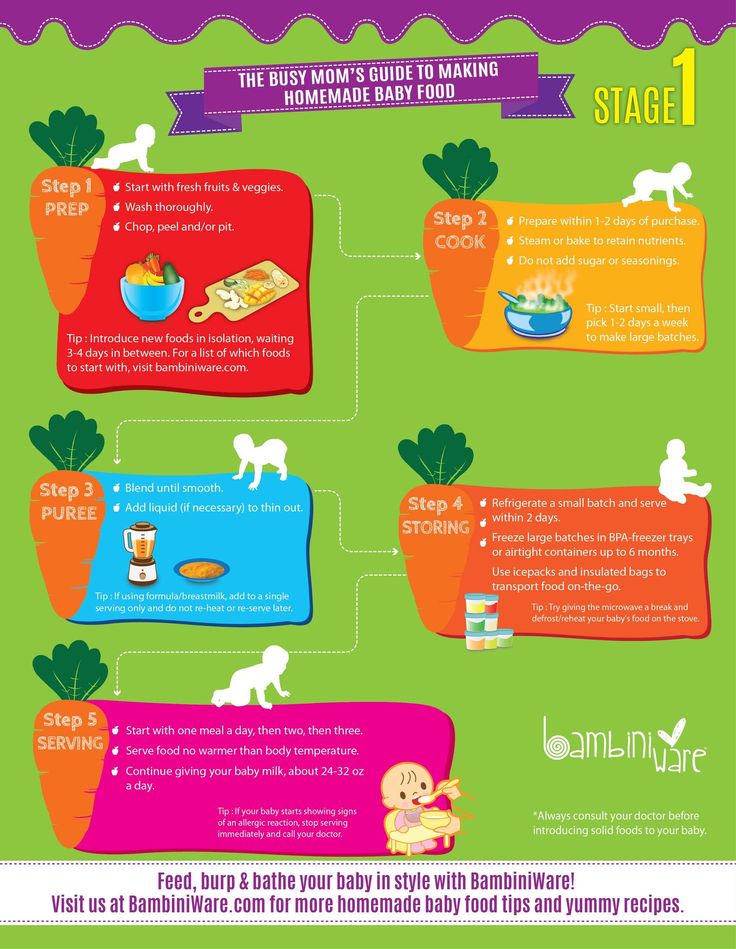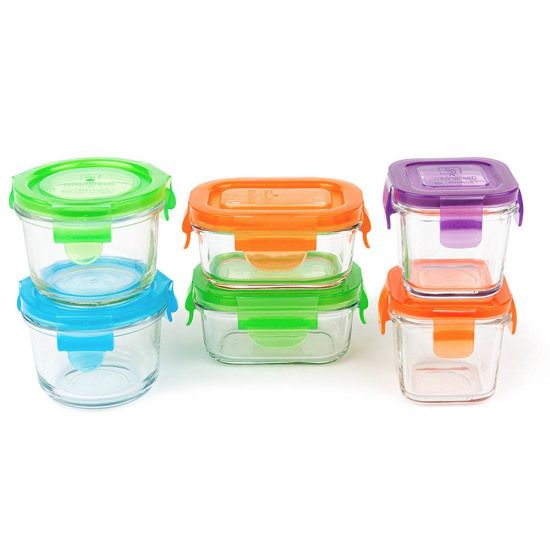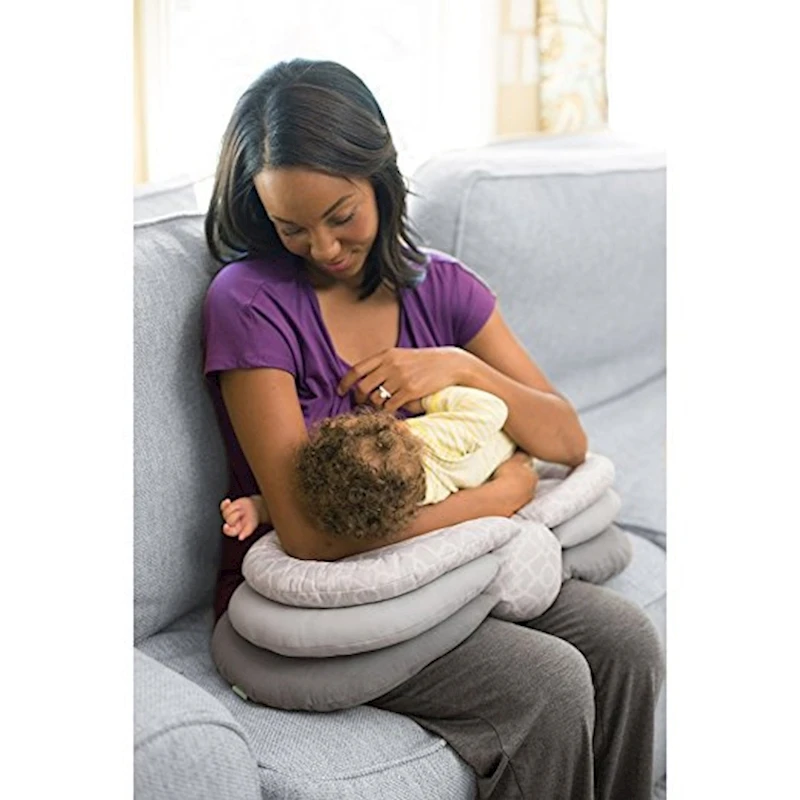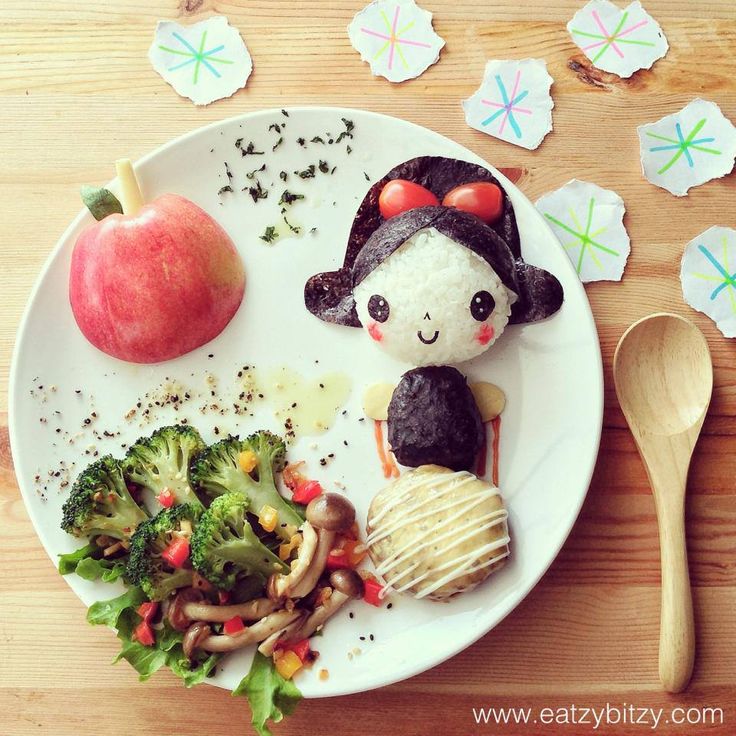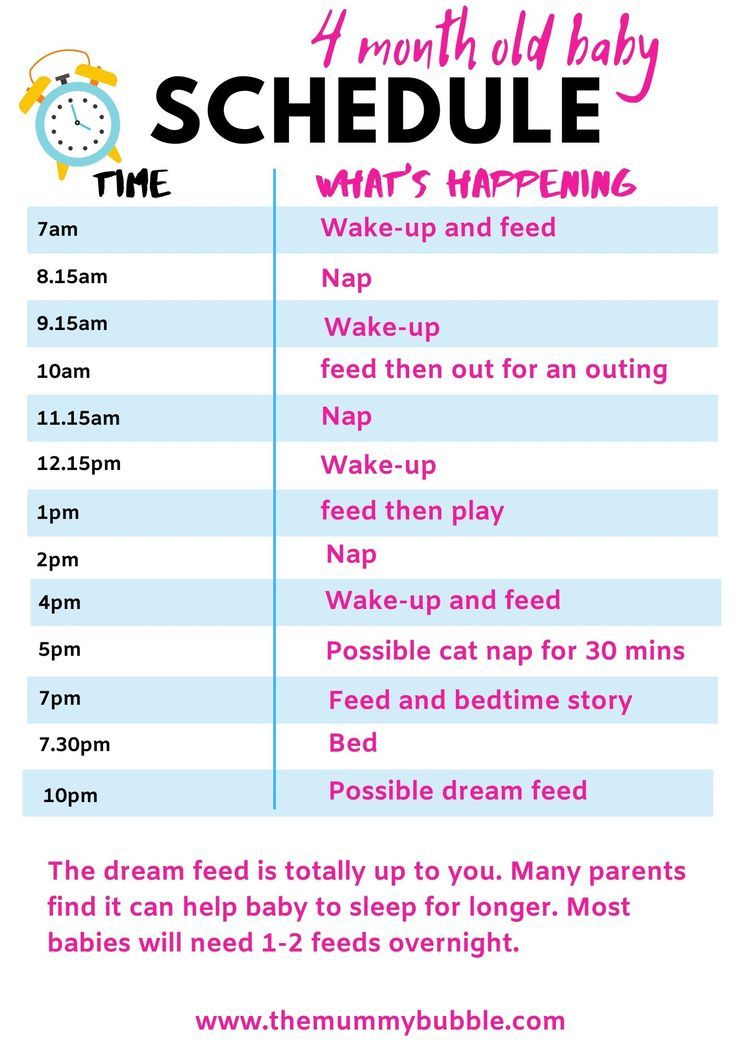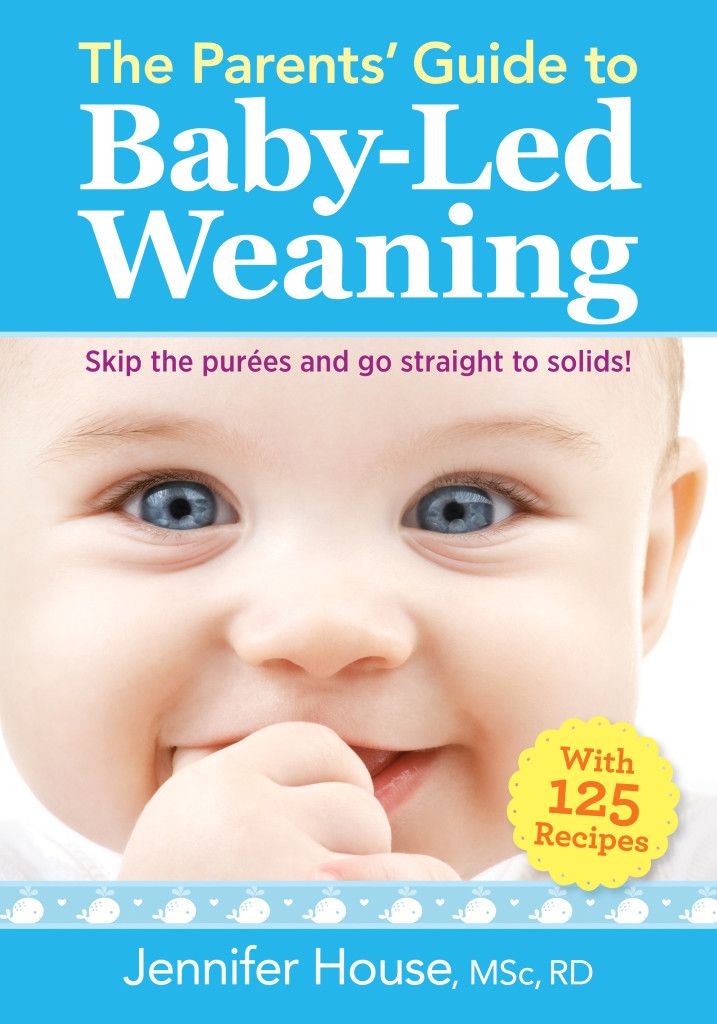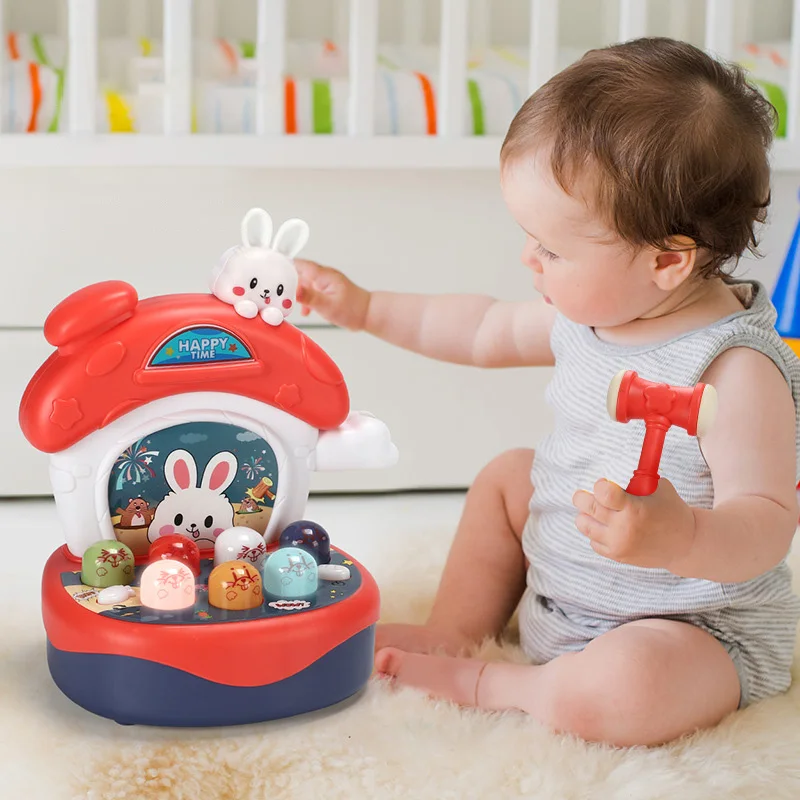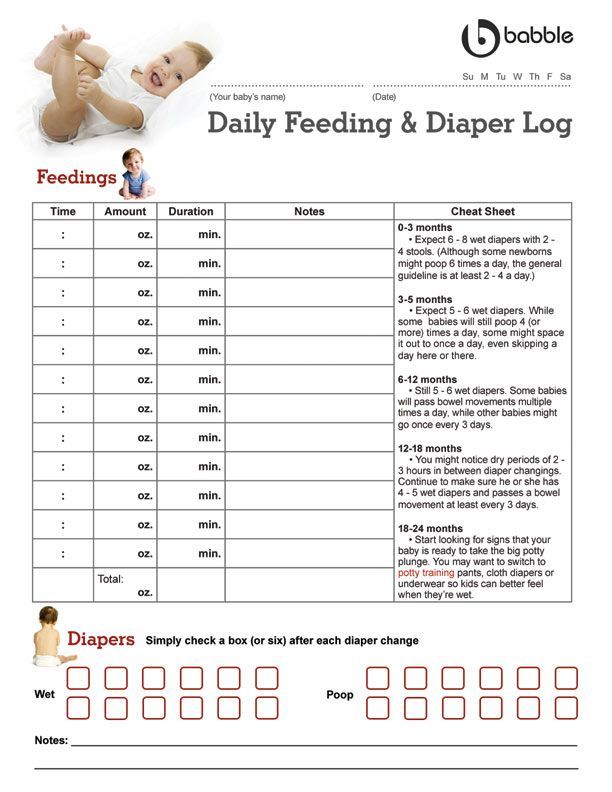Baby food start guide
When, What, and How to Introduce Solid Foods | Nutrition
For more information about how to know if your baby is ready to starting eating foods, what first foods to offer, and what to expect, watch these videos from 1,000 Days.
The Dietary Guidelines for Americans and the American Academy of Pediatrics recommend children be introduced to foods other than breast milk or infant formula when they are about 6 months old. Introducing foods before 4 months old is not recommended. Every child is different. How do you know if your child is ready for foods other than breast milk or infant formula? You can look for these signs that your child is developmentally ready.
Your child:
- Sits up alone or with support.
- Is able to control head and neck.
- Opens the mouth when food is offered.
- Swallows food rather than pushes it back out onto the chin.
- Brings objects to the mouth.
- Tries to grasp small objects, such as toys or food.
- Transfers food from the front to the back of the tongue to swallow.
What Foods Should I Introduce to My Child First?
The American Academy of Pediatrics says that for most children, you do not need to give foods in a certain order. Your child can begin eating solid foods at about 6 months old. By the time he or she is 7 or 8 months old, your child can eat a variety of foods from different food groups. These foods include infant cereals, meat or other proteins, fruits, vegetables, grains, yogurts and cheeses, and more.
If your child is eating infant cereals, it is important to offer a variety of fortifiedalert icon infant cereals such as oat, barley, and multi-grain instead of only rice cereal. Only providing infant rice cereal is not recommended by the Food and Drug Administration because there is a risk for children to be exposed to arsenic. Visit the U.S. Food & Drug Administrationexternal icon to learn more.
How Should I Introduce My Child to Foods?
Your child needs certain vitamins and minerals to grow healthy and strong.
Now that your child is starting to eat food, be sure to choose foods that give your child all the vitamins and minerals they need.
Click here to learn more about some of these vitamins & minerals.
Let your child try one single-ingredient food at a time at first. This helps you see if your child has any problems with that food, such as food allergies. Wait 3 to 5 days between each new food. Before you know it, your child will be on his or her way to eating and enjoying lots of new foods.
Introduce potentially allergenic foods when other foods are introduced.
Potentially allergenic foods include cow’s milk products, eggs, fish, shellfish, tree nuts, peanuts, wheat, soy, and sesame. Drinking cow’s milk or fortified soy beverages is not recommended until your child is older than 12 months, but other cow’s milk products, such as yogurt, can be introduced before 12 months. If your child has severe eczema and/or egg allergy, talk with your child’s doctor or nurse about when and how to safely introduce foods with peanuts.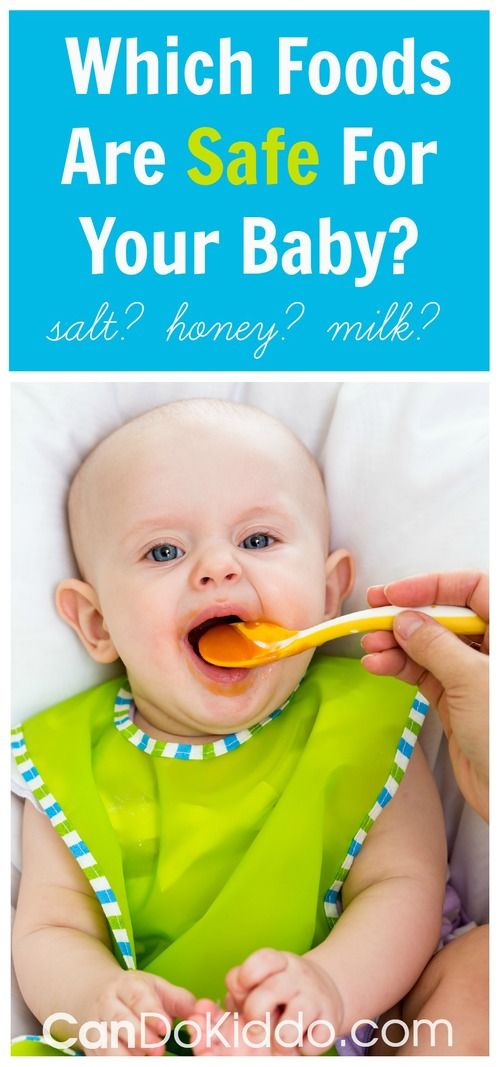
How Should I Prepare Food for My Child to Eat?
At first, it’s easier for your child to eat foods that are mashed, pureed, or strained and very smooth in texture. It can take time for your child to adjust to new food textures. Your child might cough, gag, or spit up. As your baby’s oral skills develop, thicker and lumpier foods can be introduced.
Some foods are potential choking hazards, so it is important to feed your child foods that are the right texture for his or her development. To help prevent choking, prepare foods that can be easily dissolved with saliva and do not require chewing. Feed small portions and encourage your baby to eat slowly. Always watch your child while he or she is eating.
Here are some tips for preparing foods:
- Mix cereals and mashed cooked grains with breast milk, formula, or water to make it smooth and easy for your baby to swallow.
- Mash or puree vegetables, fruits and other foods until they are smooth.
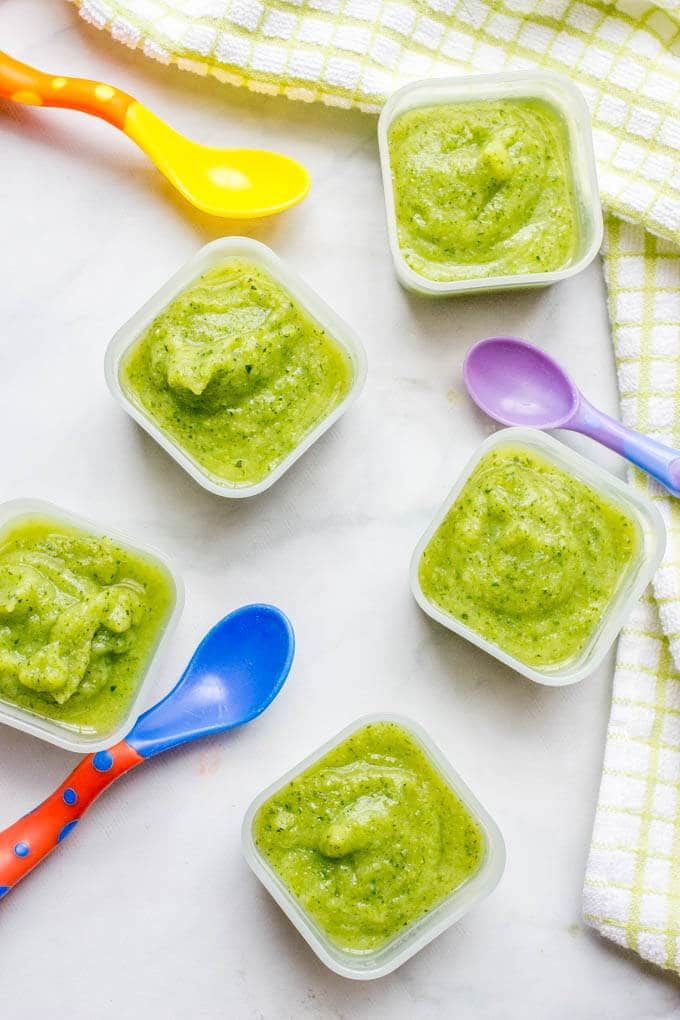
- Hard fruits and vegetables, like apples and carrots, usually need to be cooked so they can be easily mashed or pureed.
- Cook food until it is soft enough to easily mash with a fork.
- Remove all fat, skin, and bones from poultry, meat, and fish, before cooking.
- Remove seeds and hard pits from fruit, and then cut the fruit into small pieces.
- Cut soft food into small pieces or thin slices.
- Cut cylindrical foods like hot dogs, sausage and string cheese into short thin strips instead of round pieces that could get stuck in the airway.
- Cut small spherical foods like grapes, cherries, berries and tomatoes into small pieces.
- Cook and finely grind or mash whole-grain kernels of wheat, barley, rice, and other grains.
Learn more about potential choking hazards and how to prevent your child from choking.
Top of Page
When to Start Baby Food
Starting solids is an exciting and important milestone in baby’s development—one that not only opens them up to a brand-new world of flavors and textures, but also puts them on the right path to growing healthy and strong.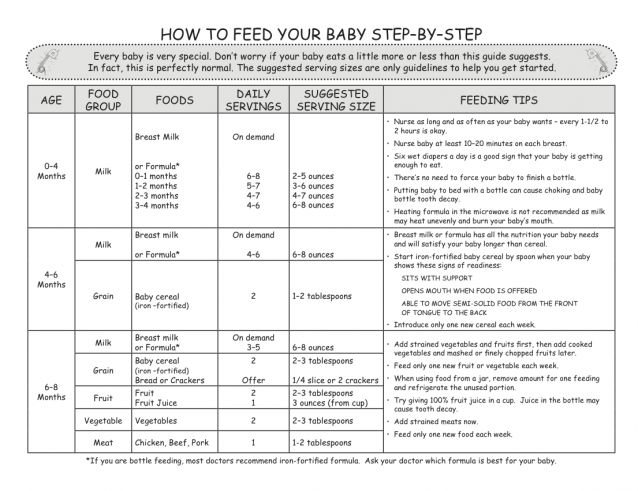 Here’s what you need to know about how and when to start baby food for a smooth transition.
Here’s what you need to know about how and when to start baby food for a smooth transition.
In this article:
When to start baby food
How to start baby on solids
Best first foods for baby
Introducing allergenic foods
When to Start Baby Food
Knowing when to start baby food is both crucial and tricky. Starting baby on solids too early means you might increase the risk of choking, obesity and bellyaches, but introducing solids too late means you might slow baby’s growth and encourage an aversion to solid foods, among other conditions. Fortunately, doctors have zeroed in on a sweet spot for starting baby food, which is sometime between 4 and 6 months of age—though, ideally, baby should be receiving their nutrition exclusively from breast milk until the six-month mark, according to the American Academy of Pediatrics (AAP). How to tell if it’s time for starting solids for your little one? Baby will give you clues, including:
• Baby can sit in a high chair comfortably on their own.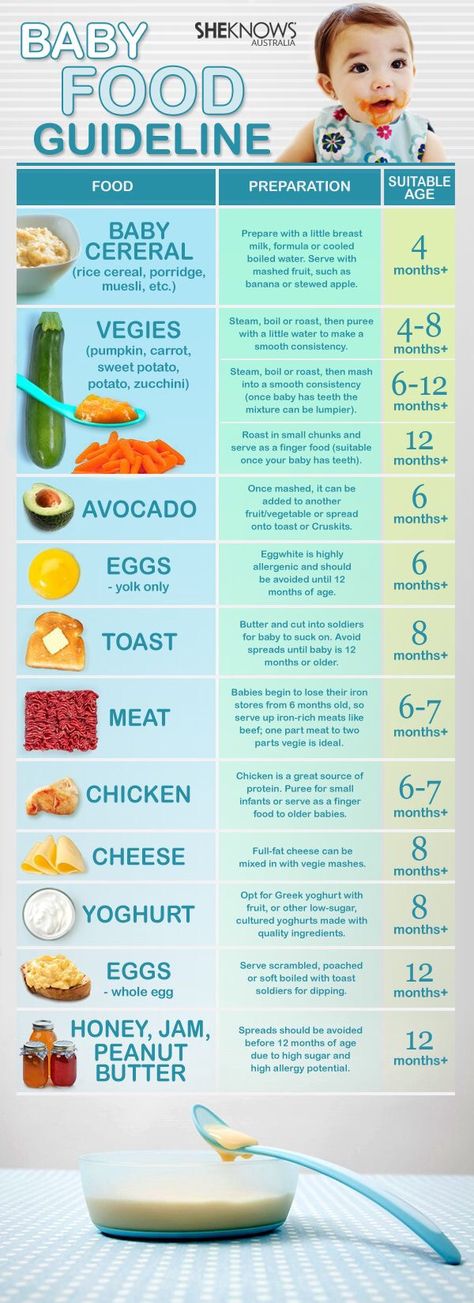 This is a major sign in terms of when to start baby food, says Lauren Kupersmith, MD, a pediatrician at Hassenfeld Children’s Hospital at NYU Langone in New York City. It means baby can hold their head up and doesn’t need to be propped up to stay in the upright position, which is important to avoid choking.
This is a major sign in terms of when to start baby food, says Lauren Kupersmith, MD, a pediatrician at Hassenfeld Children’s Hospital at NYU Langone in New York City. It means baby can hold their head up and doesn’t need to be propped up to stay in the upright position, which is important to avoid choking.
• Baby looks interested at mealtime. Babies likes to mimic what we do, so if your child likes to sit up like a big kid and watch you eat, then by all means let them try eating too.
• Baby can move food to the back of their throat to swallow. But if baby tends to push the food out of their mouth—not because they don’t like it, but because they can’t seem to get the food to where it needs to go—hold off on starting solids.
How to Start Baby on Solids
At 4 to 6 months, most of baby’s nutrition will still come from breast milk or formula, so don’t worry if baby doesn’t like eating food right away. Introducing solids is a gradual process, and every baby learns in their own time.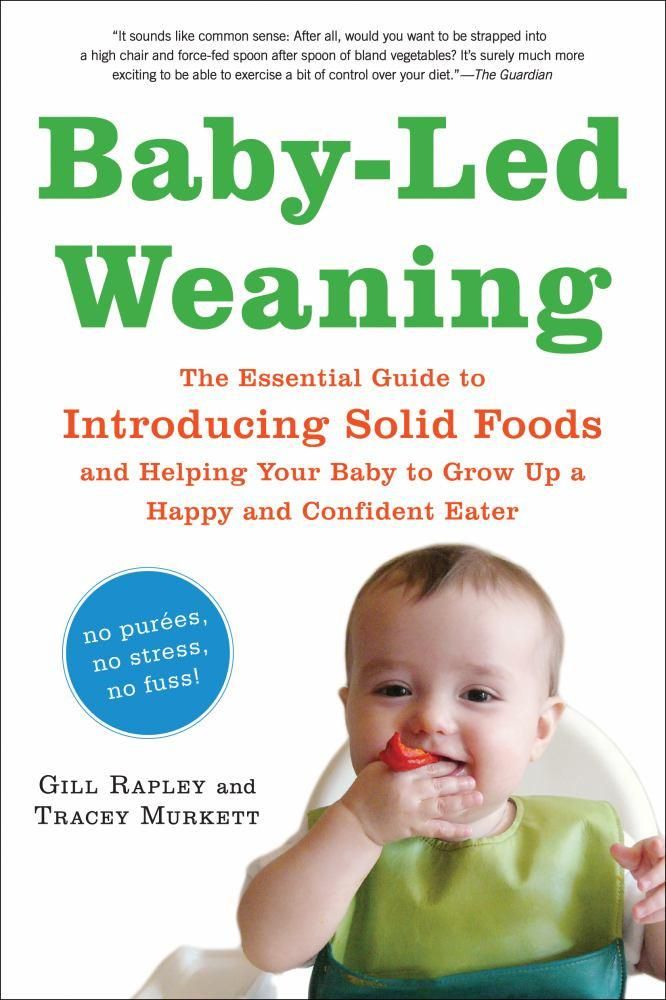 Here are some general guidelines for how to start baby on solids:
Here are some general guidelines for how to start baby on solids:
• Feed baby with a spoon. Letting your child go at it with their hands may seem tempting (and super-cute), but it’s best that they learn the right way from the get-go. (And even then, be prepared to clean up more than a few messes!) Also, never put cereal (or any other food) in baby’s bottle—it’s a choking hazard.
• Start slowly. When introducing solids, a half spoonful will do at first—you may even want to talk baby through it (“Yummy!”). To make it easier for baby to get accustomed to the idea of swallowing solids, start mealtime with a little breast milk or formula, then offer some food (again, no more than a half teaspoon at a time) and finish off with more breast milk or formula. If baby cries or turns away when you present the spoon, try again some other time. Start off with introducing solids at one meal a day, then slowly work your way up. The morning is a good place to start, since baby is often hungriest at that time. When starting solids, baby typically won’t eat more than an ounce or two in one sitting.
When starting solids, baby typically won’t eat more than an ounce or two in one sitting.
• Try new foods more than once. Since babies’ tastes will evolve, you may need to try a food 20 times before a baby actually likes it, says Kupersmith.
• Stick with the same food for three days before trying another one. This makes it easy to track whether baby is allergic to a particular food.
• Try foods in different forms. If baby doesn’t like pureed food, try it mashed. After all, baby is learning about new textures as well as new tastes. It may be a case of trial and error until you find a winner.
Best First Foods for Baby
Got baby safely strapped into the high chair and bib? You’re ready to finally start feeding baby solids! There aren’t any official food rules for babies starting solids, and there’s no scientific evidence suggesting you should introduce one type of food before another, assuming the foods aren’t choking hazards. Nevertheless, baby cereal (such as oatmeal, rice and barley) is an “easy training food,” says Kupersmith, which is why it’s often recommended as baby’s first food; you can always mix it with more milk to build up to a thicker consistency. Many doctors also recommend starting vegetables before fruits, but there’s no evidence that this would make babies like vegetables more when they grow up—babies innately love sweets, and the order of introducing solids to baby doesn’t change that.
Nevertheless, baby cereal (such as oatmeal, rice and barley) is an “easy training food,” says Kupersmith, which is why it’s often recommended as baby’s first food; you can always mix it with more milk to build up to a thicker consistency. Many doctors also recommend starting vegetables before fruits, but there’s no evidence that this would make babies like vegetables more when they grow up—babies innately love sweets, and the order of introducing solids to baby doesn’t change that.
So why not simply start introducing solids with something you think baby will like? Here are a few common first foods for baby that are healthy and easy to eat (and, in the case sweet potato and banana, also easy to digest). Whatever you decide to feed baby, mash it with a fork or puree before serving whenever introducing solids.
- Baby cereal, such as oatmeal, rice, barley
- Sweet potato
- Banana
- Avocado
- Apples
- Pears
- Green beans
- Butternut squash
If your child has been breastfeeding, check with your pediatrician about getting a jump on pureed chicken or beef when you’re starting solids.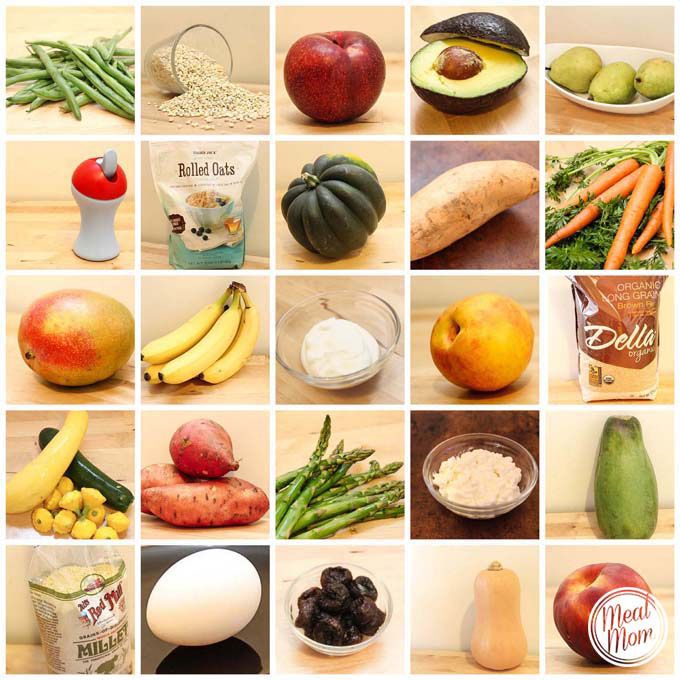 These foods contain easily absorbable forms of iron and zinc, which baby needs by 4 to 6 months, according to the AAP.
These foods contain easily absorbable forms of iron and zinc, which baby needs by 4 to 6 months, according to the AAP.
At around 9 months, baby should have already worked their way up to a variety of foods, including cereal, vegetables, fruits, meats, eggs and fish (see below regarding the last two). (Keep in mind, though, that baby will still get the majority of their nutrients from breast milk or formula until age one.) By now, baby will probably settle on three meals a day along with two snacks. Let them consume about 4 ounces of solids at each meal (equivalent to a small jar of strained baby food) and about half that amount for each snack.
Save honey and cow’s milk for after baby’s first birthday—there’s a risk for infant botulism with honey (a type of bacterial poisoning), and baby’s tummy isn’t prepared to digest large amounts of cow’s milk until they’re about one year old. Avoid adult processed foods and foods that are choking hazards (such as sticky foods, like large gobs of peanut butter; hard foods that are difficult to gum, like raw vegetables, nuts, seeds and popcorn; and round, slippery foods that haven’t been cut up, like grapes and cherry tomatoes). Instead, the first foods for baby, and those in the months that follow, should be soft and served mashed, pureed or (once baby seems ready to move up from the really mushy stuff) cut up into really little bits. “There’s pretty much free reign at that point,” Kupersmith says.
Instead, the first foods for baby, and those in the months that follow, should be soft and served mashed, pureed or (once baby seems ready to move up from the really mushy stuff) cut up into really little bits. “There’s pretty much free reign at that point,” Kupersmith says.
Introducing Solids Chart
Hesitant about improvising your first foods for baby? That’s okay too. If you prefer an “introducing solids chart” to help you plan out baby’s path, the guide below can come in handy.
Image: The Bump
Introducing Allergenic Foods
Much of the confusion around when to start baby food stems from questions concerning allergenic foods. These are foods that babies are most often allergic to. The major culprits include dairy, eggs, fish, peanuts and tree nuts. In the past, parents were advised to hold off on exposing baby to these foods, but now doctors recommend introducing them early, often and in age-appropriate format, which means starting off with purees and soft textures.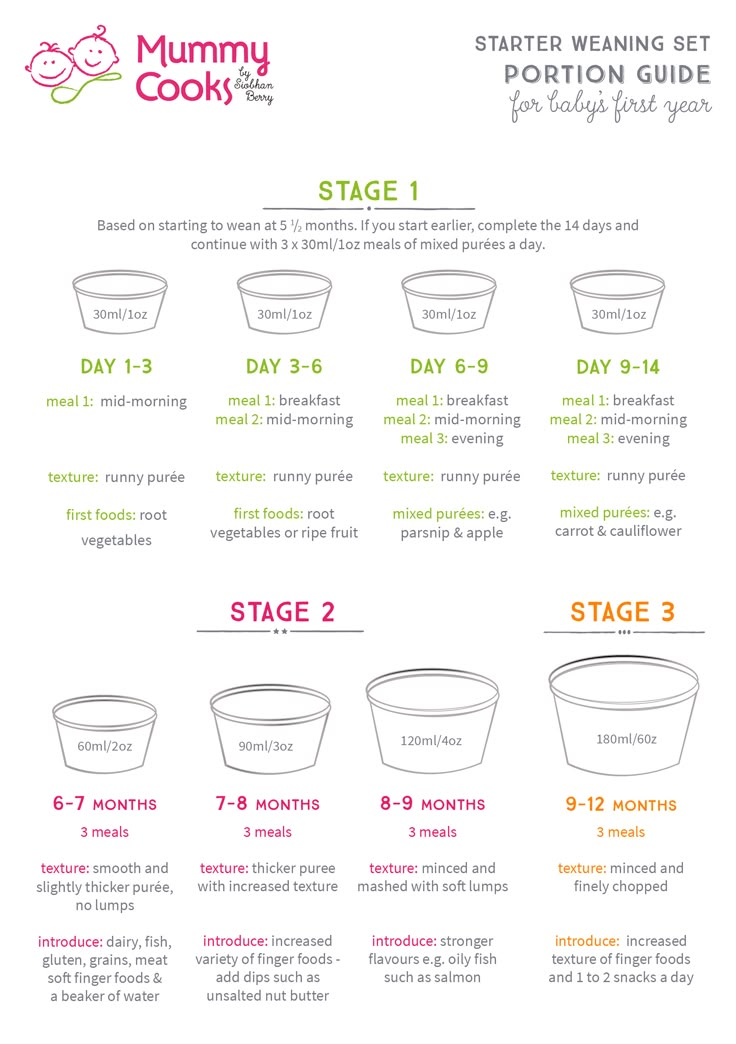
“Dairy is an easy starting point, given options such as yogurt and cheese,” says David Stukus, MD, director of the Food Allergy Treatment Center at Nationwide Children’s Hospital and a spokesperson for the American College of Allergy, Asthma, & Immunology. You can also try scrambled eggs in small amounts, although baby may not be too pleased with the texture at first.
As far as peanut products go, the National Institutes of Health issued new guidelines in 2017 that encourage parents of children at high risk for peanut allergies to incorporate them into baby’s diet at 4 to 6 months of age. Giving these babies peanut products before the age of one actually decreases their risk of developing a peanut allergy before age 5 by 81 percent, compared to kids who are introduced to peanuts later in life. Parents of kids without the food allergy risk can start peanut products whenever they’d like, as long as the nuts are in an age-appropriate form: Peanut butter can be thinned out with water or mixed into a fruit or vegetable puree, and peanut powder can also be mixed into cereal and fruits.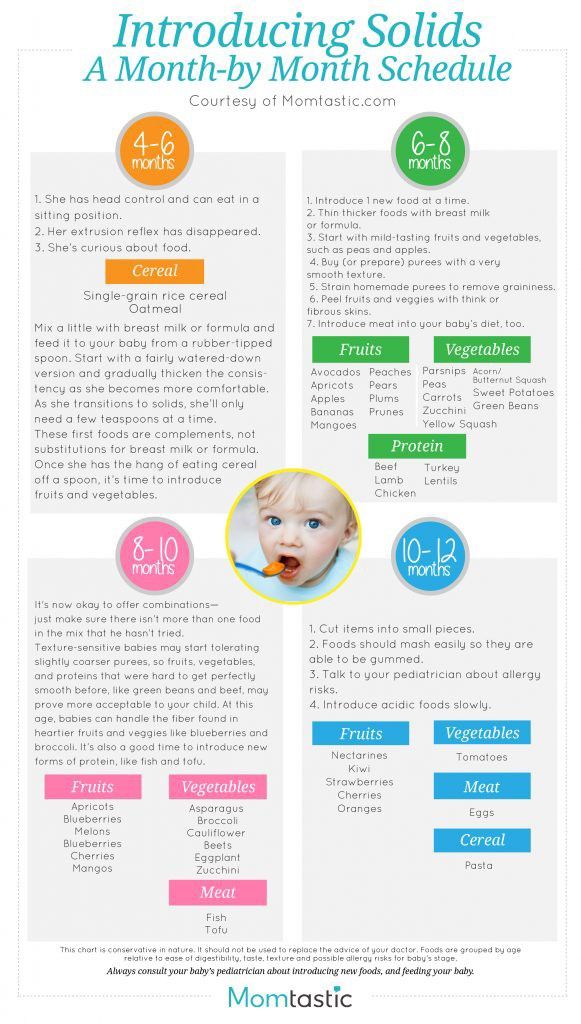 Don’t give whole peanuts or pieces of peanuts, since they’re a choking risk.
Don’t give whole peanuts or pieces of peanuts, since they’re a choking risk.
Allergic reactions to food are never just a fluke; they will happen with every exposure. Symptoms can range from mild (such as a rash or vomiting) to severe (such as trouble breathing). If baby has a food allergy, you’ll notice a reaction within minutes or up to two hours after eating the problematic food, Stukus says. If the symptoms are severe, call 911 right away. Otherwise, talk to your pediatrician; she can help confirm whether it’s an allergy or some other type of condition (such as a viral illness).
Expert bios:*
Lauren Kupersmith, MD, IBCLC, is a pediatrician and clinical instructor at Hassenfeld Children’s Hospital at NYU Langone in New York City, as well as a certified lactation consultant. She earned her medical degree from New York Medical College in 2005.
David Stukus, MD, is the director of the Food Allergy Treatment Center at Nationwide Children’s Hospital, an associate professor of pediatrics in the division of allergy and immunology and a spokesperson for the American College of Allergy, Asthma, & Immunology.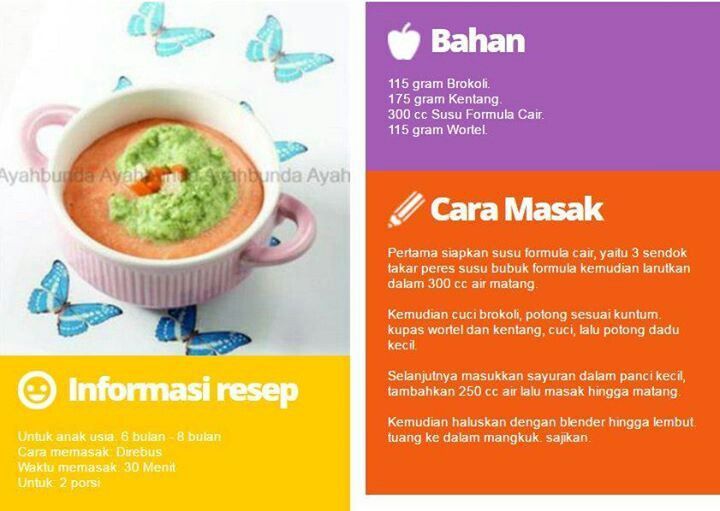 He earned his medical degree from University of Pittsburgh School of Medicine in 2002.
He earned his medical degree from University of Pittsburgh School of Medicine in 2002.
Updated January 2020
Please note: The Bump and the materials and information it contains are not intended to, and do not constitute, medical or other health advice or diagnosis and should not be used as such. You should always consult with a qualified physician or health professional about your specific circumstances.
where and how to get what they give in dairy cuisine in Moscow and the regions
Yulia Shubina
refused dairy cuisine
Author profile
In Russia, expectant mothers and families with children can receive free products.
Each subject has its own rules. I received kits at a dairy kitchen in Moscow - I'll tell you who usually gets help and how to get it in different regions.
What is a dairy kitchen?
The forerunners of the dairy kitchen were centers called "A Drop of Milk" where they gave out food for premature babies.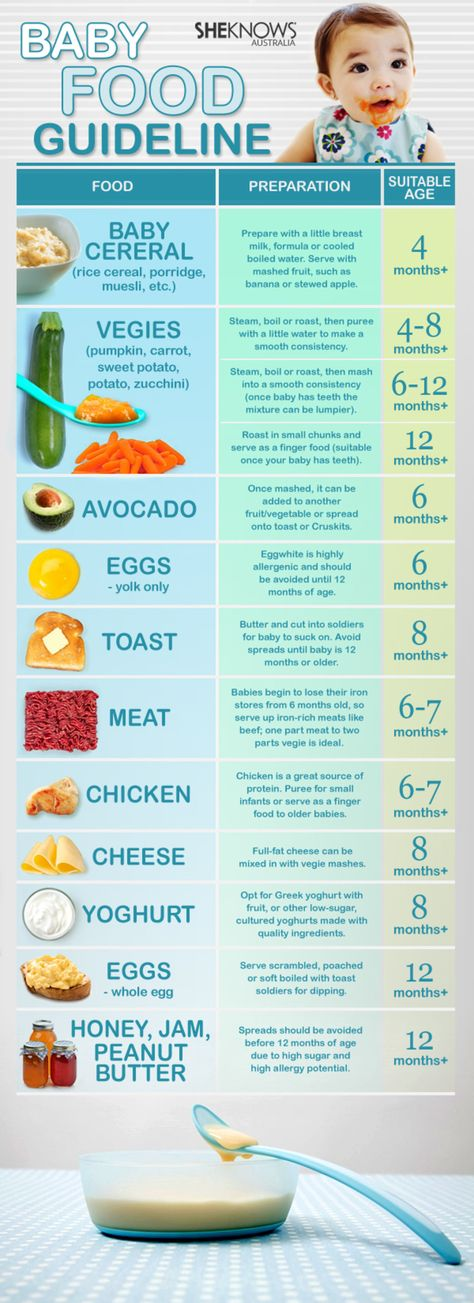 They appeared in the Russian Empire in 1901 year.
They appeared in the Russian Empire in 1901 year.
Dairy kitchen - Big Medical Encyclopedia
There are more such organizations in the USSR. Dairy kitchens helped save the lives of many children during the Second World War: then they began to offer additional food, including to full-term babies. They continued to do so after the war.
Today there is no concept of "dairy cuisine" in Russian legislation. But there is a guarantee: according to the doctor, children under three years old, pregnant and lactating women must be provided with food. What to give and to what extent - the leadership of each region decides independently.
Art. 52 of the Law "On the Basics of Protecting the Health of Citizens in the Russian Federation"
How to get free food in Moscow
Only people with a Moscow residence permit can use dairy cuisine in Moscow. Here are the people who will be given food:
- pregnant and lactating women;
- formula-fed or formula-fed children under 6 months;
- children from 6 months to 3 years;
- children under 7 from large families;
- children under 15 with chronic diseases: glomerulonephritis, hemoblastosis, malignant neoplasms;
- disabled children under 18 years of age.
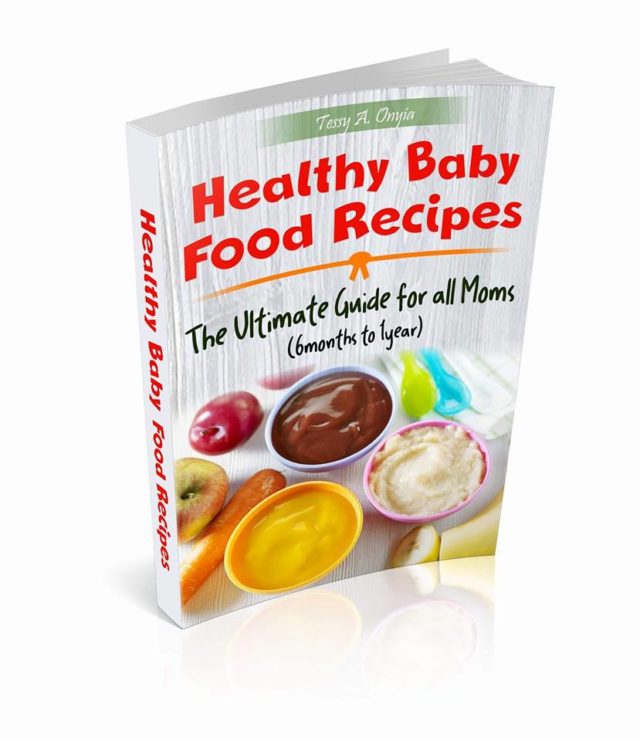
Regulation on the provision of free food for certain categories of children and women who are residents of the city of Moscow
But you can’t just go to the dairy kitchen for food: first you need to get a prescription from a doctor. For this, pregnant women need to contact the antenatal clinic, in all other cases, the prescription will be issued at the children's clinic where the child is assigned.
To confirm the right to receive products, the antenatal clinic or polyclinic will ask you to submit documents. They will need to be brought only once, after which all the necessary information will already be in the system. Here's what you need:
- Pregnant woman's passport or child's birth certificate together with the passport of either parent.
- Compulsory health insurance policy for a pregnant woman or child.
- Certificate of registration of a child in Moscow (form 8), pregnant women will need to show the registration page in their passport instead.
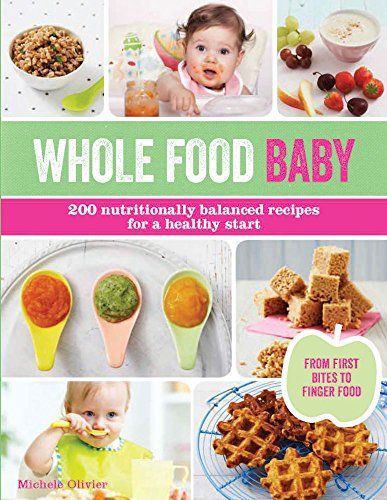
- If the child is under guardianship, you will additionally need a document confirming the establishment of guardianship.
- If the child is older than 3 years, you will need to confirm his benefits: a certificate of a large family, a certificate from a medical and social examination, or a medical certificate confirming the presence of a chronic disease will do.
They will also ask you to fill out an application for receiving products: a ready-made form will be provided at the clinic, you only need to sign it.
/kids-rule-everything-around-me/
Benefits for families with many children in Moscow until the 10th day of the month. It was tiresome.
Now everything has changed: a doctor issues a benefit once through the EMIAS system and information about it is automatically transferred to the dairy kitchen until it expires. For example, this happens when a pregnant woman gives birth to a child or he reaches the age of three.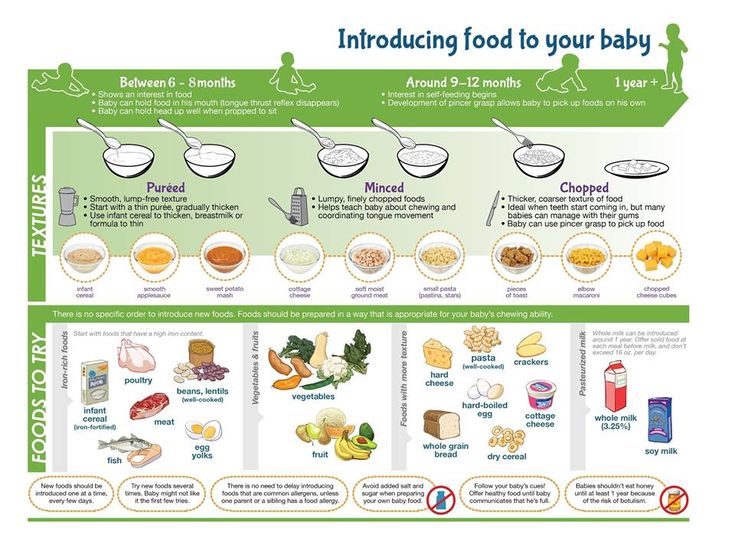 Now you can go to the dairy kitchen right away, without wasting time getting a prescription from a doctor and without worrying about what date is on the calendar.
Now you can go to the dairy kitchen right away, without wasting time getting a prescription from a doctor and without worrying about what date is on the calendar.
Where to go with a prescription
Each clinic has its own dairy kitchen - food packages will need to be received there. Sometimes several points are assigned to one clinic - then parents are offered to choose. You can find out what milk distribution points are in your area using the map on the Gormedtekhnika portal.
Those who come to buy food for the first time are assigned a number by the dairy kitchen staff. It must be remembered and called every time to get a set. Nothing critical will happen if the parents forget the number and instead ask to find a set by the child's last name, but it is more convenient for the kitchen staff to work with him.
Dairy kitchens usually distribute visitors by day of the week. In some kitchens, employees ask parents when it is more convenient for them to come for kits, while in others they appoint themselves: for example, they give out kits for pregnant women on Mondays, and for children under six months on Wednesdays.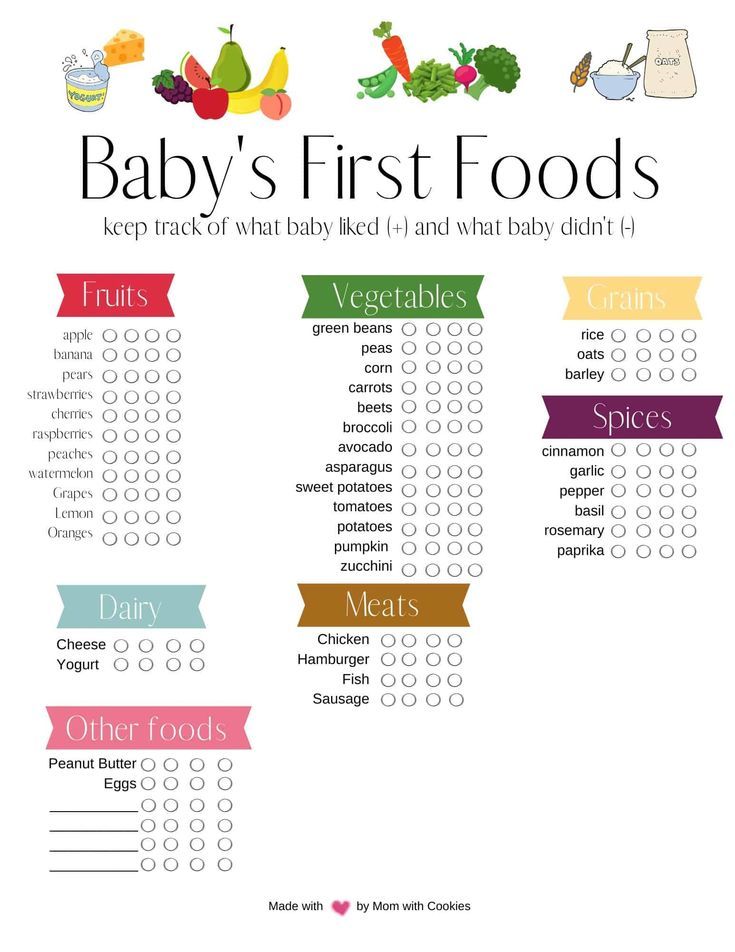 This rule is also not strict: if you miss the right day, you can safely come for a set on another.
This rule is also not strict: if you miss the right day, you can safely come for a set on another.
/baby-cost/
How much does a baby cost in the first year? We did not encounter this: even at the end of the month, my husband easily received a full set of products for 30 days.
Dairy kitchens in the capital are open from 06:30 to 15:00 from Monday to Saturday. From 12:30 to 13:00 - lunch break.
To receive food, you will need to show your passport or other identification document - the husband usually shows the rights. According to the rules, dairy kitchens give out food packages only to parents, and if you need someone else to receive them, you need to issue a power of attorney. In reality, you can agree with the employees: sometimes my brother got the dairy kitchen and no one asked for additional papers - I think the point is that we have the same last name with him.
Before you go to the dairy kitchen, think about how you will collect food.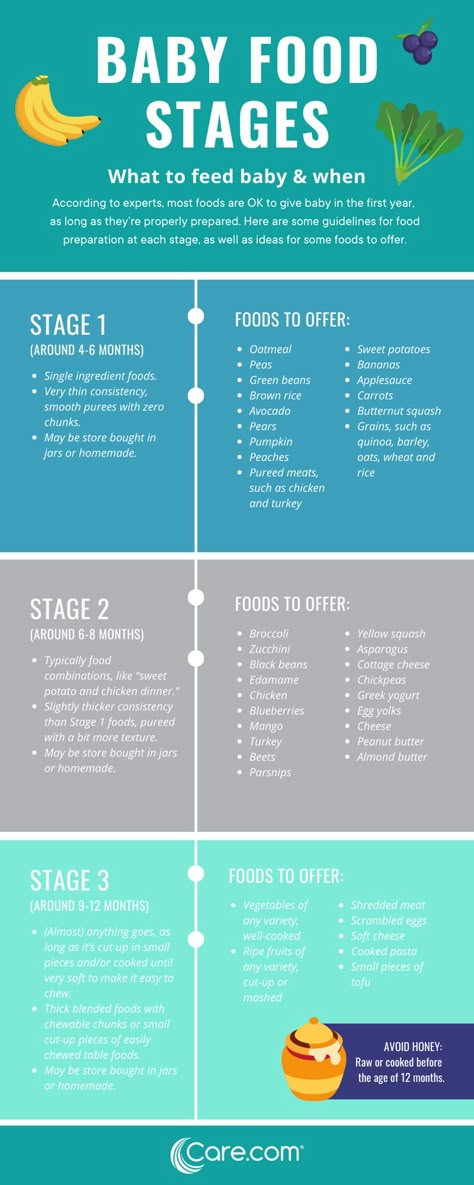 We had to take a taxi, and other parents came with hiking backpacks: a set for a child of 6-12 months for 30 days weighs about 10 kg.
We had to take a taxi, and other parents came with hiking backpacks: a set for a child of 6-12 months for 30 days weighs about 10 kg.
What foods are given in Moscow? Mothers are given juice and milk, and babies are given supplementary or complementary foods, depending on their age. These can be mixtures, canned purees, instant cereals and similar juices and milk, as for mothers.
Regulation on the provision of free food for certain categories of children and women who are residents of the city of MoscowPDF, 653 KB
| To whom they give | What is | How much per month |
|---|---|---|
| Formula-fed infants 0-3 months | Powdered and liquid milk formulas | 5.5 kg |
| Formula-fed babies 4 months old | Powdered and liquid milk mixtures, fruit juice, fruit puree | 7.9 kg |
| Formula-fed babies 5 months old | Dry and liquid milk mixtures, fruit juice, vegetable puree, dry porridge, fruit puree | 9.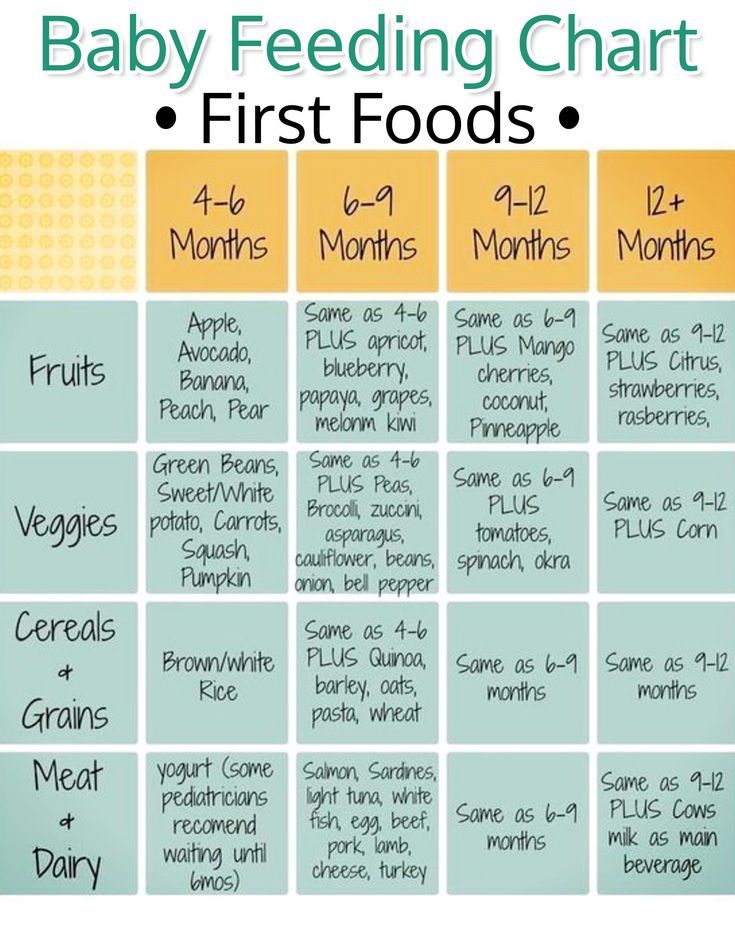 8 kg 8 kg |
| Children 6 months on any type of feeding | Dry and liquid mixtures, fruit juice, dry porridge, vegetable puree, fruit puree | 7.3 kg |
| Children 7-8 months | Dry and liquid mixtures, children's cottage cheese, fruit juice, dry porridge, vegetable puree, fruit puree, meat puree with vegetables, meat puree | 9.9 kg |
| Children 9-12 months | Dry and liquid mixtures, children's cottage cheese, kefir, fruit juice, dry porridge, vegetable puree, fruit puree, meat puree with vegetables, meat puree | 12.3 kg |
| Children 1-2 years old | Milk, kefir, cottage cheese, fruit puree, fruit juice | 9.8 kg |
| Children 2-3 years old | Milk, kefir, cottage cheese, fruit puree, fruit juice | 8.4 kg |
| Pregnant | Fruit juice, milk | 12.9L |
| Nursing | Milk, fruit juice | 16.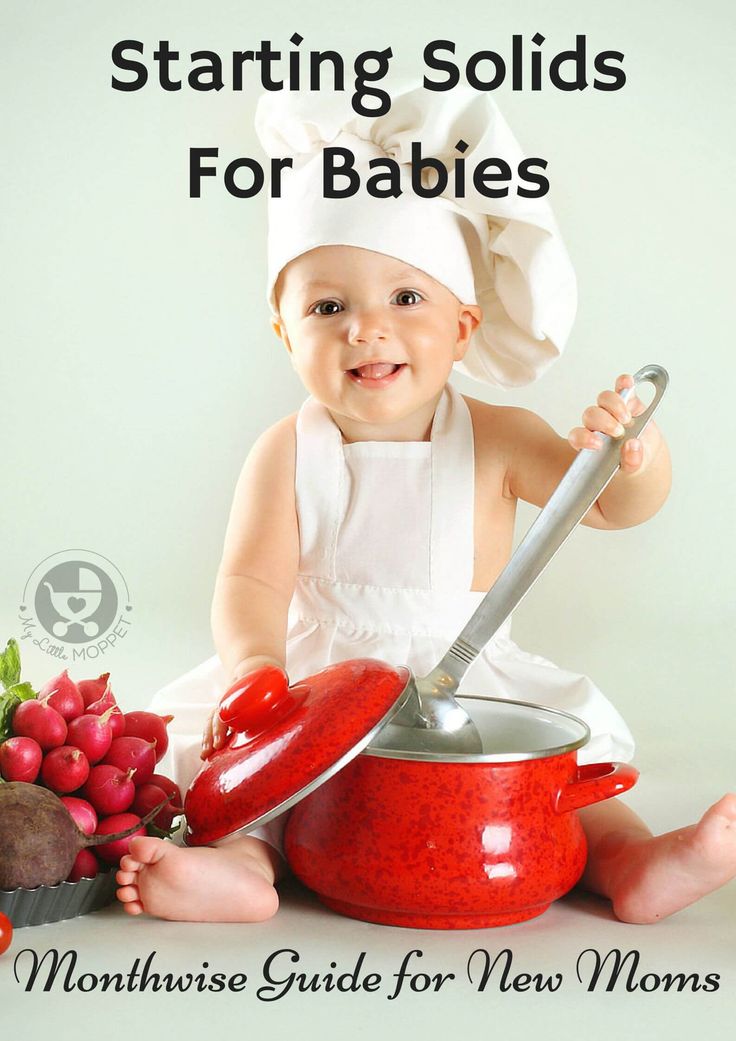 2 L 2 L |
| Children from large families, disabled children | Milk | 18 l |
children 0-3 months on artificial feeding
What
Dry and liquid milk mixtures
volume
5.5 kg
children 4 months old 4 months on artificial feeding 9000 9000
What
Sukhaya dry and liquid milk formulas, fruit juice, fruit puree
Volume per month
7.9 kg
Children 5 months on artificial feeding
, fruit puree 9Ol000 7.3 kg
Children 7-8 months
What
Dry and liquid mixtures, baby cottage cheese, fruit juice, dry porridge, vegetable puree, fruit puree, meat puree with vegetables, meat puree
90 903volume for a month
12.3 kg
children 1-2 years old
What are
Milk, kefir, cottage cheese, fruit puree, fruit juice
volume
9,000
children 2-3 years
What
Milk, kefir, cottage cheese, fruit puree, fruit juice
volume
8.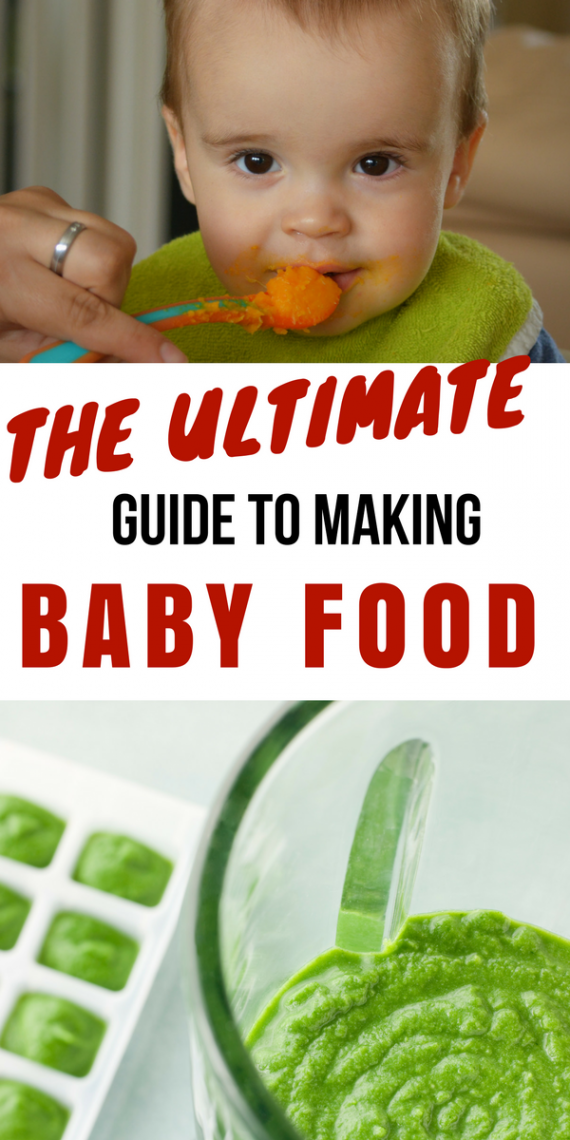 4 kg
4 kg
Pregnant
What
Fruit juice, milk
volume
12.9 l
Burners
that
Milk, fruit juice
volume for a month
16.2 l
children from large families, children with disabilities
that
Milk
volume
0003
18L
Free food for 11 months baby for 30 daysMy experience of getting food in a dairy kitchen
I started getting free food when I was pregnant. I was observed at the antenatal clinic by registration, so I was given a prescription for the nearest dairy kitchen. But due to the fact that I live in a different area, getting groceries was inconvenient. They found a way out quickly: my younger brother began to call for boxes. The products remained with him: I didn’t really need them.
When our daughter was born, we assigned her to a polyclinic in our place of residence. They began to receive recipes for a dairy kitchen near the house.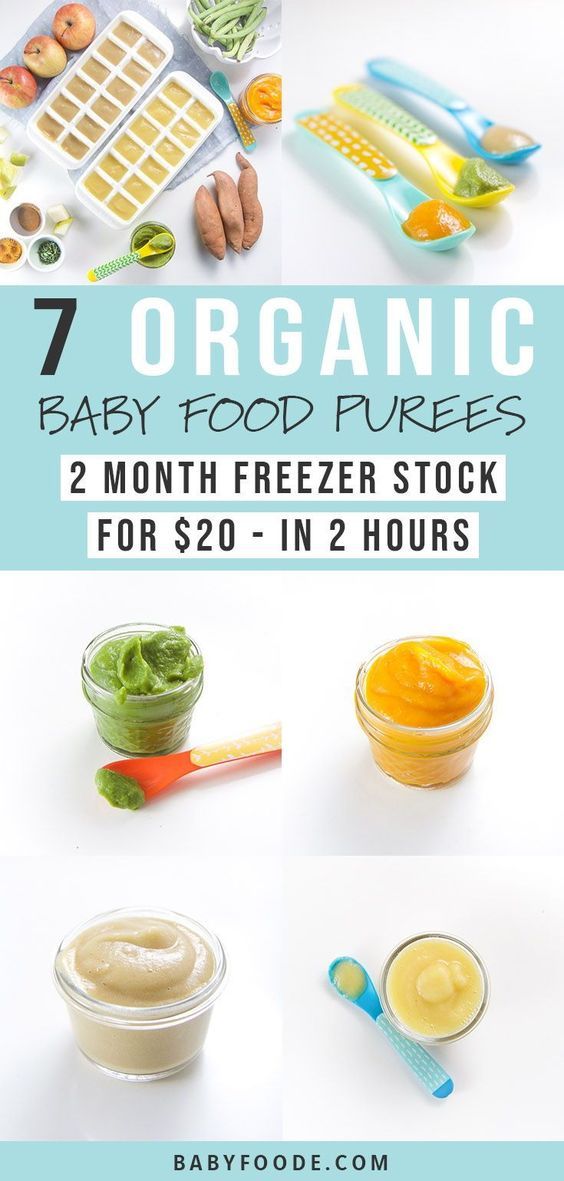 As a nursing mother, I was given juice and milk. I did not plan to take these products, but my brother liked them. Therefore, we used the recipe.
As a nursing mother, I was given juice and milk. I did not plan to take these products, but my brother liked them. Therefore, we used the recipe.
/guide/prikorm-detyam/
How to introduce complementary foods to children
Later, I learned that in the first six months we were also given a dairy kitchen for our daughter: she was mixed-fed. But for some reason, the pediatrician did not report this. True, this fact did not upset me much: I fed my daughter with Nutrilon Comfort, they are not given out in sets. And we would not change the mixture just to get it for free: for a baby, this is fraught with digestive problems.
What purees, juices and mixtures did they give us? I read the advice of pediatricians on Instagram and decided, at least at first, to follow the composition of baby food. I didn’t want fanaticism in food, but mashed potatoes without unnecessary components were important to me. Therefore, in the first month of complementary foods, I carefully chose jars of mashed potatoes, which we bought with our own money.
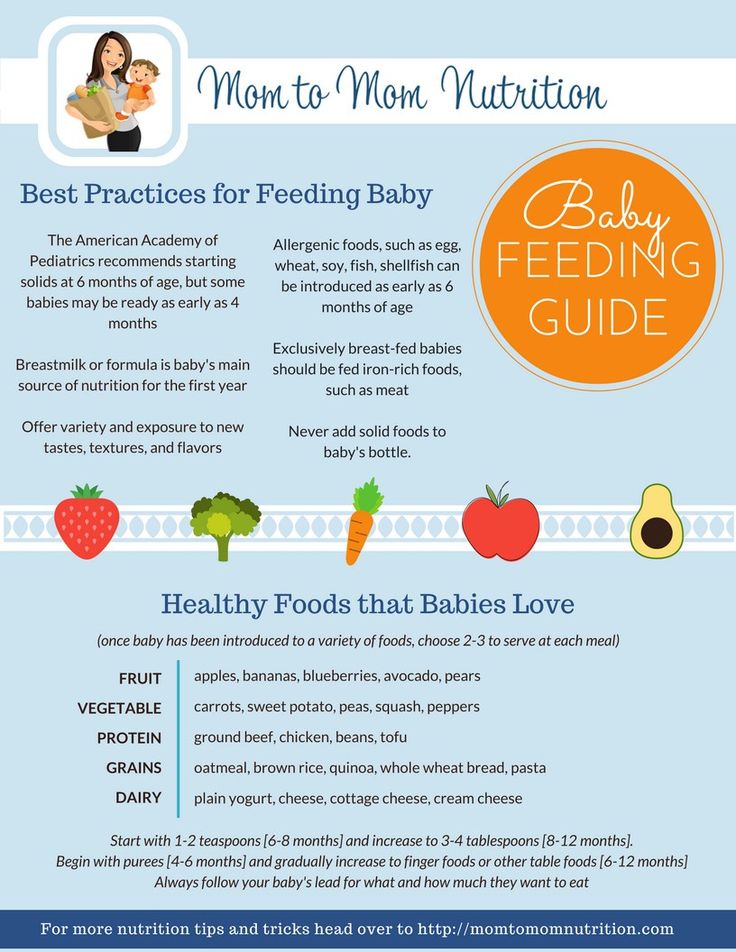
From 6 months we began to receive dairy products. I was pleasantly surprised: there was nothing superfluous in the compositions. Therefore, for six months we actively used the food that was given to us. Monthly managed to save 1000-2000 R.
up to 2000 R
we saved on baby food
The variety of canned purees in the dairy kitchen pleased me. First, they gave the classic trio of vegetables that are recommended to start complementary foods with: broccoli, cauliflower and zucchini from Agushi. True, I didn’t really like the Agusha zucchini: it was too liquid and it was inconvenient to feed a child with it. Later, carrots and pumpkins of the same brand were added - with excellent composition and consistency.
Meat puree was also varied: the sets included poultry, beef, and veal. From 9months, jars of “chicken and vegetables” and “beef and vegetables” began to be issued. My daughter still eats this, despite the fact that she mostly prefers a common table.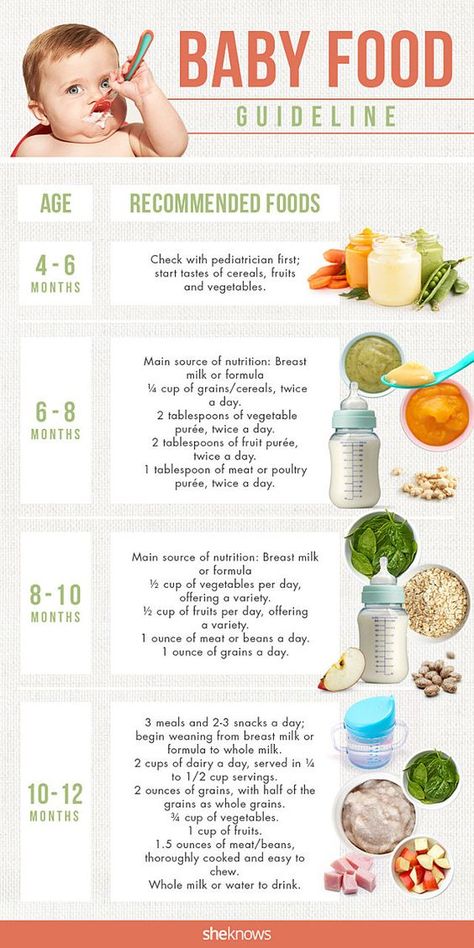 By the way, for some reason, there were no fish in the set from the dairy kitchen, although the pediatrician's memo said that fish should be introduced from 10-11 months.
By the way, for some reason, there were no fish in the set from the dairy kitchen, although the pediatrician's memo said that fish should be introduced from 10-11 months.
Fruit puree was also given out by Agusha. The compositions were good, the tastes were different: we came across an apple, a pear, a peach. When my daughter got older, they began to give puree from several fruits and berries, for example, "apple, cherry, blueberry."
In addition, the set contained a mixture of two types: dry and liquid. We refused the liquid mixture: my daughter ate another one, and in the kitchen they gave the same Agusha. The liquid mixture was packed in a separate box, so the husband immediately said: “We don’t take this.” We gave Nestogen dry mix to friends.
/list/fake-healthy-foods/
Corn flakes and "children's menu": what not to feed a child
My daughter fell in love with Agusha cottage cheese: she liked trying to eat from plastic packaging on her own.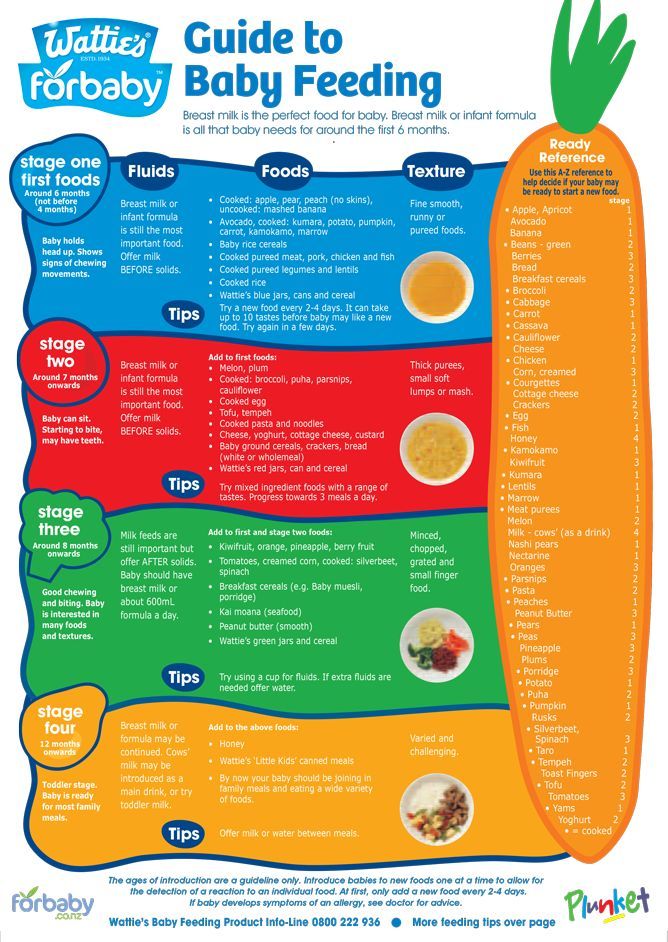
What I didn't like about the dairy kitchen
First of all, the composition of some of the products that were given out on a monthly basis was contrary to the recommendations for complementary foods.
National program for optimizing the feeding of children in the first year of life in the Russian Federation - methodological recommendations of the Union of Pediatricians of Russia, p. The documents indicated that the products were issued in accordance with the age marking of the manufacturer, but in our case this did not always coincide with reality.
For example, milk porridges were not recommended until 9 months of age. In fact, we began to receive instant cereals with powdered milk from 7 months. Even the pediatrician did not advise giving fruit juice until a year old. And we began to receive it from 6 months - as a result, adults drank the juice from us.
Feeding and nutrition of infants and young children - guidelines for the WHO European RegionPDF, 1.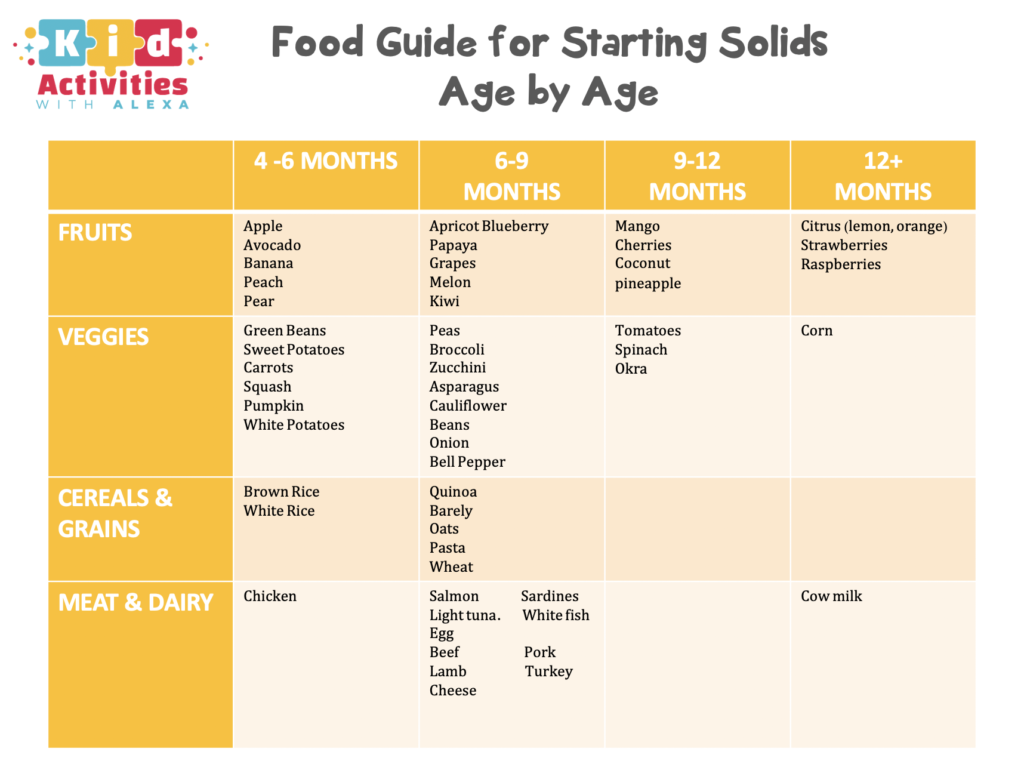 28 MB0003
28 MB0003
Secondly, cereals included fructose and milk powder. Rospotrebnadzor does not recommend introducing sugar up to a year. And WHO recommends to refrain from cow's milk in favor of breast milk, as cow's milk is too rich in protein and sodium.
We started getting milk porridge "Agusha" from 8 months. Unlike other products, its composition was not perfectThirdly, did not contain mashed potatoes with chunks in the packages. This was a little depressing: it is recommended to start introducing pieces from 9-10 months.
But in the end, I understand that mashing food with a fork is much easier than making a full-fledged puree on your own. In addition, I know that in other regions the level of support for the authorities is significantly lower compared to Moscow. So I was grateful for what I have.
Why did we end up giving up free products
This happened simultaneously for two reasons. The first - by the year my daughter switched to a common table.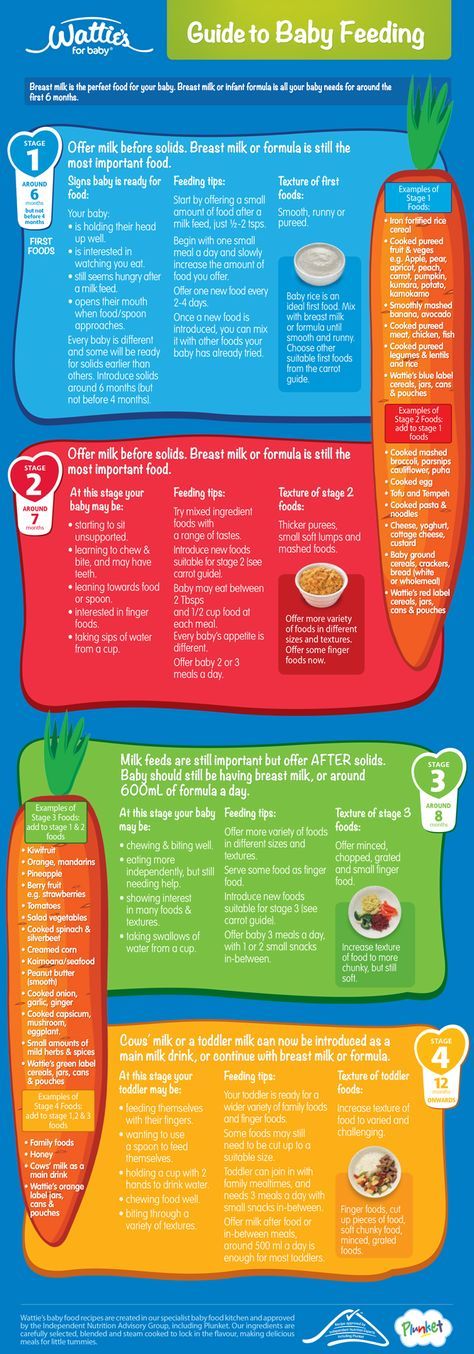 The second - a set of products for children from the age of one did not suit her.
The second - a set of products for children from the age of one did not suit her.
For example, I try to give cow's milk and juices as treats, the rest of the time she drinks water. My daughter prefers grained cottage cheese and ordinary cereals to dry cereals and children's creamy cottage cheese: she likes to eat them with her hands or with a spoon. I never add sugar to buckwheat or rice - purchased cereals cannot boast of this.
The only thing that could really be useful to us from the set for children from one year old is Agusha kefir, it has a good composition. But they give a lot of it, and the shelf life is short. On the one hand, this is good: it means that there are no preservatives in kefir, with which ultra-pasteurized milk is stored for months. But on the other hand, we had to drink kefir with the whole family until it got spoiled.
/farm-products/
I feed my family with farm products and save money
In addition, it was simply unprofitable to force my husband to go to the dairy kitchen for one yogurt.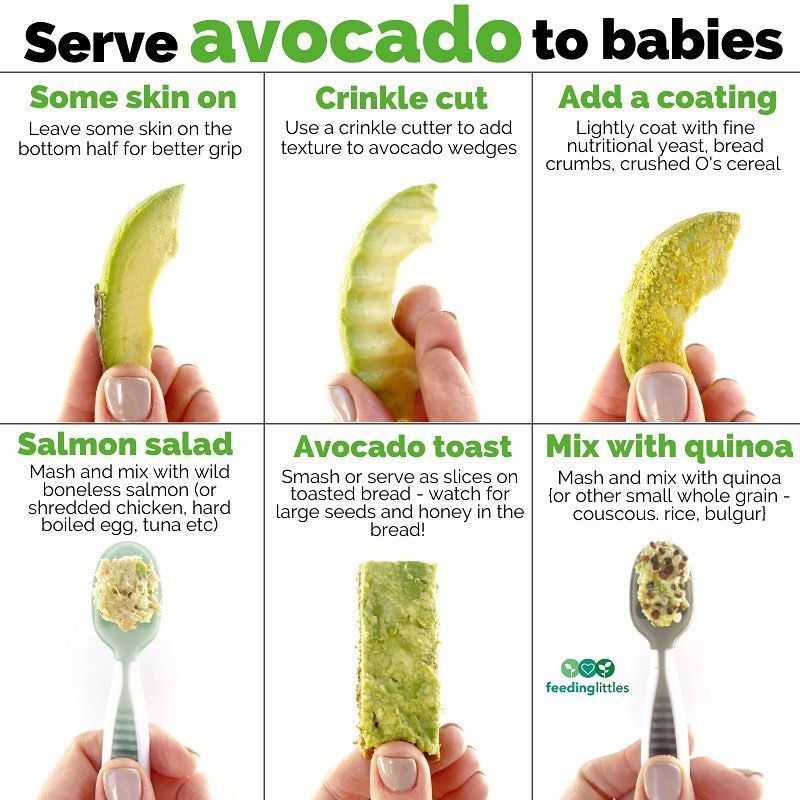
How are things going with free meals in the regions
Each region independently determines what products, to whom and in what quantities to provide. In some regions, payments are assigned instead of products.
You can usually find out whether there is a dairy kitchen in the region and who is entitled to it, usually at the children's clinic or social security departments. I will tell you about how things are in several large regions.
Moscow region. Dairy cuisine has been canceled in the Moscow Region. You can get money instead. The amount of the monthly cash payment in 2022:
- Pregnant women - 400 R.
- Nursing mothers - 1000 R.
- Children from 0 to 1 years old on artificial or mixed feeding - 1000 to 9003 years old Children from
- years old on artificial or mixed feeding - 600 R.
Decree of the Government of the Moscow Region dated November 26, 2019No. 868/41
If a woman has several children, she will receive payments for pregnant and lactating women in a single amount.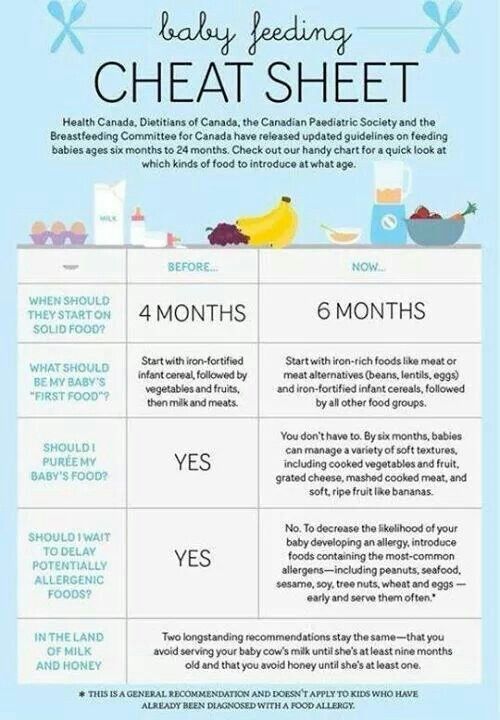 If there are several children and they are formula fed, then a monthly cash payment is provided for each child.
If there are several children and they are formula fed, then a monthly cash payment is provided for each child.
Appointment of a monthly cash payment for food - the portal of public services of the Moscow region
St. Petersburg. In St. Petersburg there is neither a dairy kitchen nor compensation. But there is a "children's" card - it receives regional payments and benefits: for example, a one-time compensation payment for the birth of a child or a monthly allowance for a child up to one and a half years. You can only spend money on baby products in certain stores, including baby food.
Rules for using a "children's" card - St. Petersburg public services portal
You can order a card along with a one-time payment at the birth of a child. This is done online on the public services website or through the MFC. The card will be ready within three months, the service is free. You will need a passport to get it.
Nizhny Novgorod.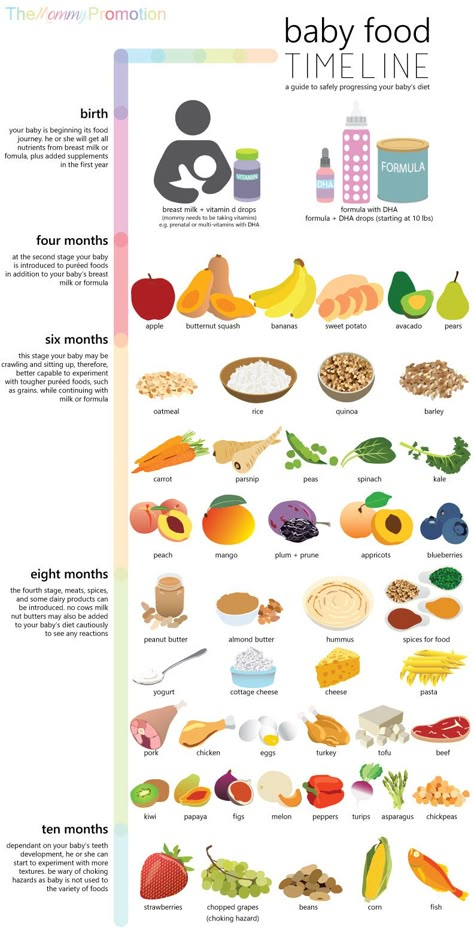 Dairy products are distributed only to low-income families until the child is 2 years old. In order to receive food for children under one year old, the average per capita family income should not exceed two subsistence minimums, and if the child is from one to two years old, the average per capita income must be less than one subsistence level.
Dairy products are distributed only to low-income families until the child is 2 years old. In order to receive food for children under one year old, the average per capita family income should not exceed two subsistence minimums, and if the child is from one to two years old, the average per capita income must be less than one subsistence level.
Regulations on the procedure for providing good nutrition to children under the age of 3 through special nutrition points (dairy kitchens) according to the opinion of doctors in the city district of Nizhny Novgorod
What products are distributed in Nizhny Novgorod
| What is | How much per month | |
|---|---|---|
| Children under 5 months | Dry mix | 3.5 kg |
| Children 6-7 months | Dry milk porridge, dry mix, cottage cheese. By prescription, kefir | is issued4.13 kg + 12 liters of kefir |
| Children 8-12 months, depending on doctor's prescription | Dry milk porridge, dry mix, cottage cheese | 6 kg + 12 l kefir |
| Children 1-2 years old | Dry milk porridge, cottage cheese | 2 kg + 13.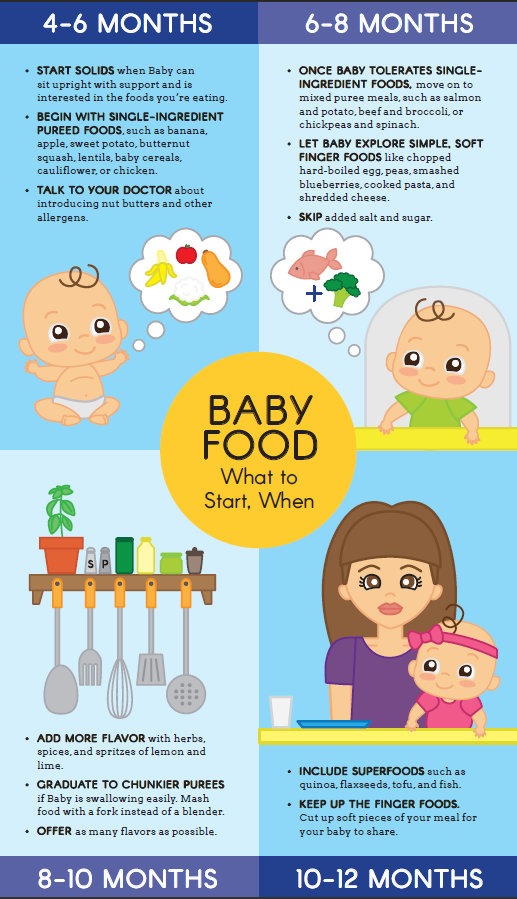 2 l kefir 2 l kefir |
| Children 2-3 years old | Dry milk porridge, cottage cheese | 1.9 kg + 13.2 l kefir |
Children up to 5 months
What
Dry mixture
volume
3.5 kg
children 6–7 months
LUCK MARE MARRY, dry mixture, cottage cheese, cottage cheese . Kefir is dispensed by doctor's prescription
Volume per month
4.13 kg + 12 liters of kefir
Children 8-12 months old, depending on the doctor's prescription
that
Dry milk, dry mixture, cottage cheese
volume per month
6 kg+ 12 l kefira
children 1-2 years old
that
dry milk porridge, cottage cheese
volume for month
2 kg+ 13.2 l kefira
children 2-3 years old
What
Dry milk porridge, cottage cheese
volume
1.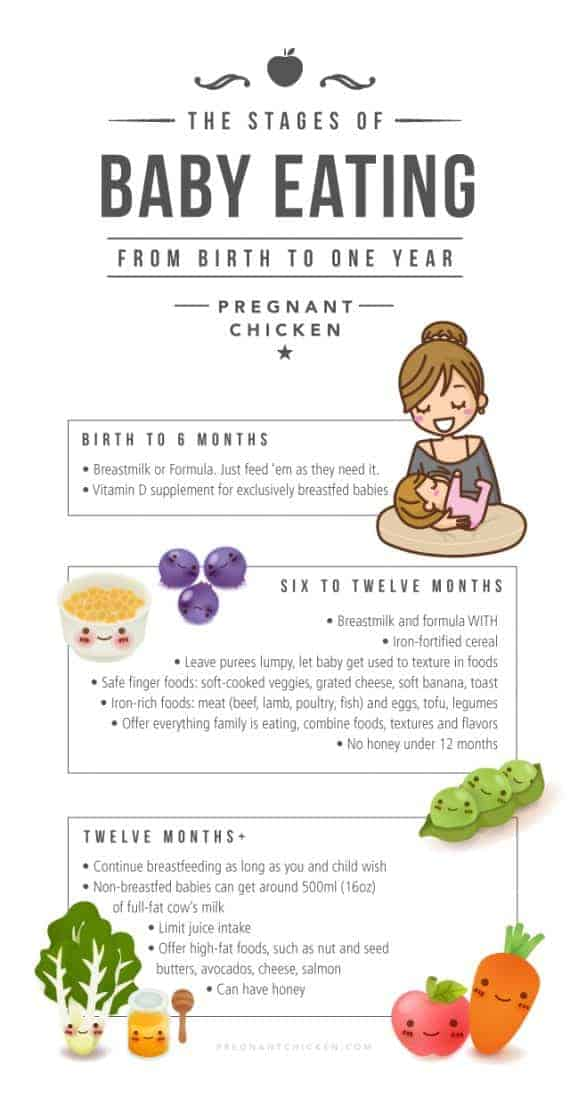 9 kg+ 13.2 l kefira
9 kg+ 13.2 l kefira
9020 Kaluga region. Children of the first year of life on artificial and mixed feeding receive free meals. For children from 2 to 3 years old, the poor are paid compensation - up to 500 R.
Explanations on the provision of adequate nutrition for children of the first year of life who are artificially and mixed-fed - the official portal of the authorities of the Kaluga region you can apply if the income per family member does not exceed the regional subsistence minimum by more than 1,000 rubles.
What products are distributed in the Kaluga region
| To whom they give | What is | To what extent |
|---|---|---|
| Children under 6 months | Dry mix | It is not known exactly, at the rate of 900 R per month per child |
| Children 6-12 months | Dry mix, dry porridge | It is not known exactly, at the rate of 900 R per month per child |
Children under 6 months
What
Dry mixture
volume for a month
It is not known exactly, at the rate of 900 r per month per child
children 6-12 months
What are
Dry mix, dry porridge
volume
, at the rate of 900 R per month per child
In Bashkiria.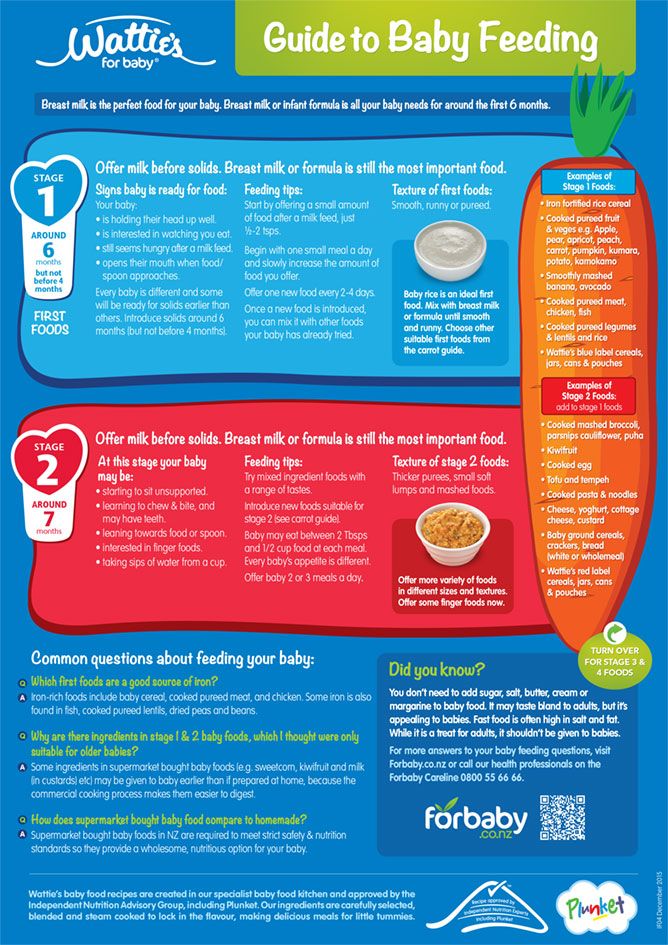 Products are provided to orphans, as well as children, lactating and pregnant women from low-income families. You can get a dairy kitchen if the family income per person does not exceed 10,015 R.
Products are provided to orphans, as well as children, lactating and pregnant women from low-income families. You can get a dairy kitchen if the family income per person does not exceed 10,015 R.
Dairy cuisine of the Republic of Bashkiria
Provision of specialized food for pregnant women and nursing mothers - Republican Center for Social Support of the Population
What products are distributed in Bashkiria
| What is | How much per month | |
|---|---|---|
| Pregnant | Dry formula for pregnant women | 2 kg |
| Lactating | Dry formula for nursing | 1 kg |
| Children under 6 months | Powdered formula or specialty formula for medical indications | 0.75 kg |
| Children 6-8 months | Dry or specialized mix for medical indications, dry porridge, cottage cheese | 2 kg |
| Children 8-12 months | Dry or specialized mixture for medical indications, dry porridge, milk, kefir, cottage cheese | 2 kg + 6.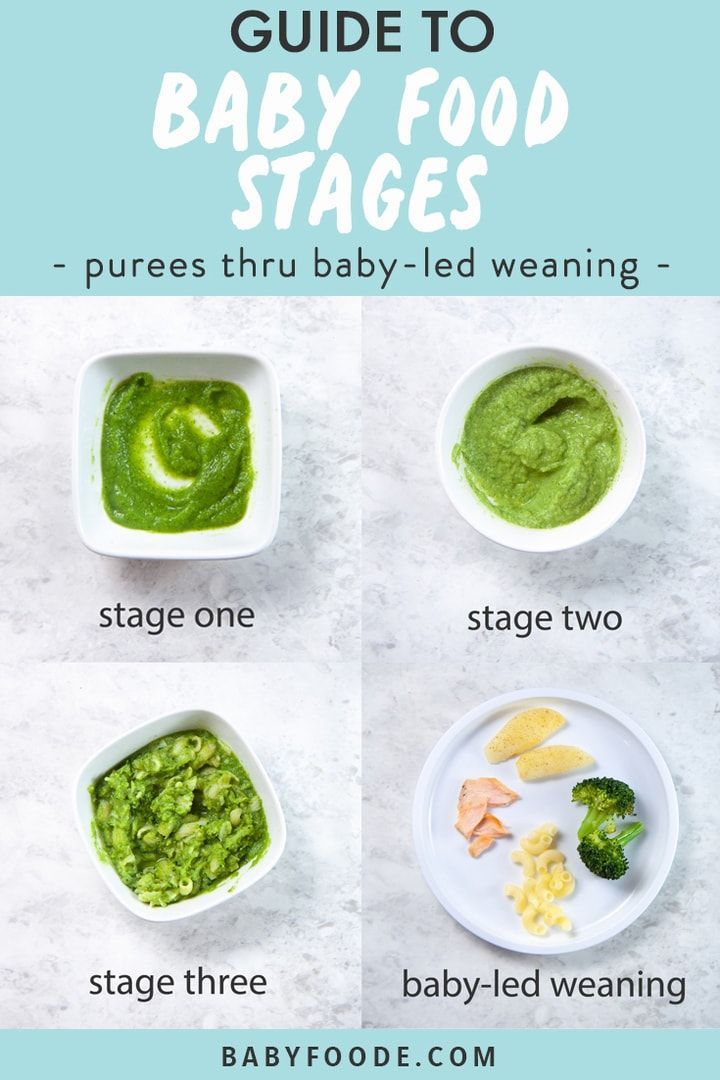 5 l milk and kefir 5 l milk and kefir |
| Children 1-2 years old | Dry porridge, cottage cheese, milk, kefir | 2 kg + 16.4 l milk and kefir |
| Children 2-3 years old | Curd, milk, kefir | 1.1 kg + 16.6 liters of milk and kefir |
Pregnant
What
Pregnancy powder
Monthly volume
2 kg
Nursing
that
Dry mixture for feeders
volume for a month
1 kg
children up to 6 months
What
Dry mix or specialized mixture for medical reasons
volume
0.75 kg
Children 6-8 months
What
Dry or specialized formula for medical indications, dry porridge, cottage cheese
Monthly volume
2 kg
Children 8-12 months
What
Dry or specialized mixture for medical reasons, Sukhaya, milk, kefir porridge, cottage cheese
volume
2 kg+ 6.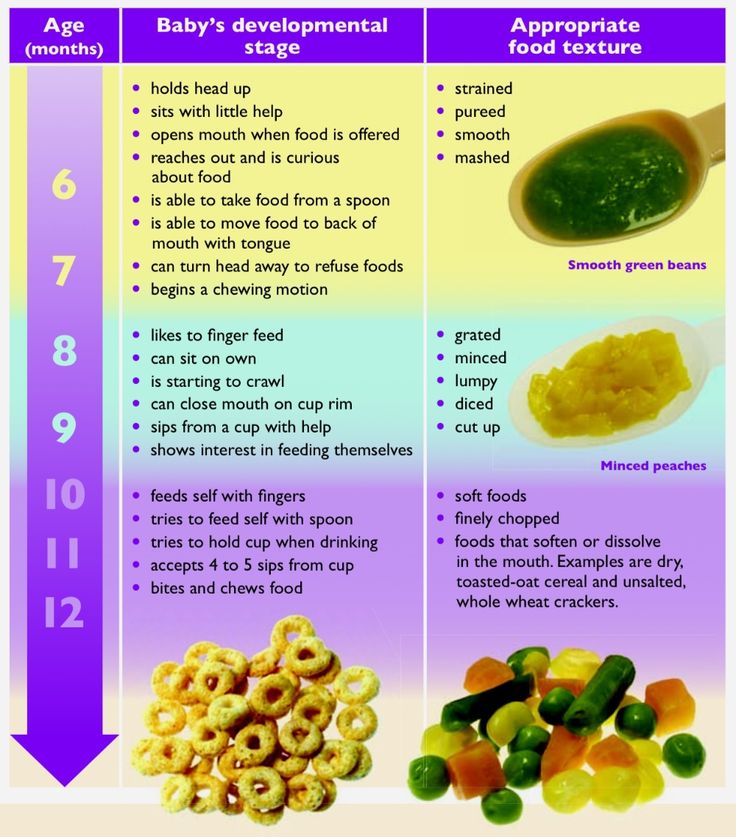 5 l of milk and kefir
5 l of milk and kefir
1-2 years old
What is
Sukhaya, cottage cheese, milk, kefir
volume for a month
2 kg+ 16.4 l milk and kefir
children 2-3 years old
cottage , milk, kefir
Monthly volume
1.1 kg + 16.6 liters of milk and kefir
Remember
- Provision of food for pregnant and lactating women on the conclusion of a doctor, as well as children under 3 years old - a state guarantee. But the specific conditions of the program depend on the region.
- Moscow provides food packages: pregnant and lactating women - juices and milk, infants under six months on artificial or mixed feeding - milk formulas, and older children - cereals, mashed potatoes, cottage cheese, kefir and juices.
- To get food, you need to go to the antenatal clinic or children's clinic for a prescription. To do this, you will need to bring documents: a child's birth certificate, a parent's passport, confirmation of Moscow registration and a compulsory medical insurance policy.
